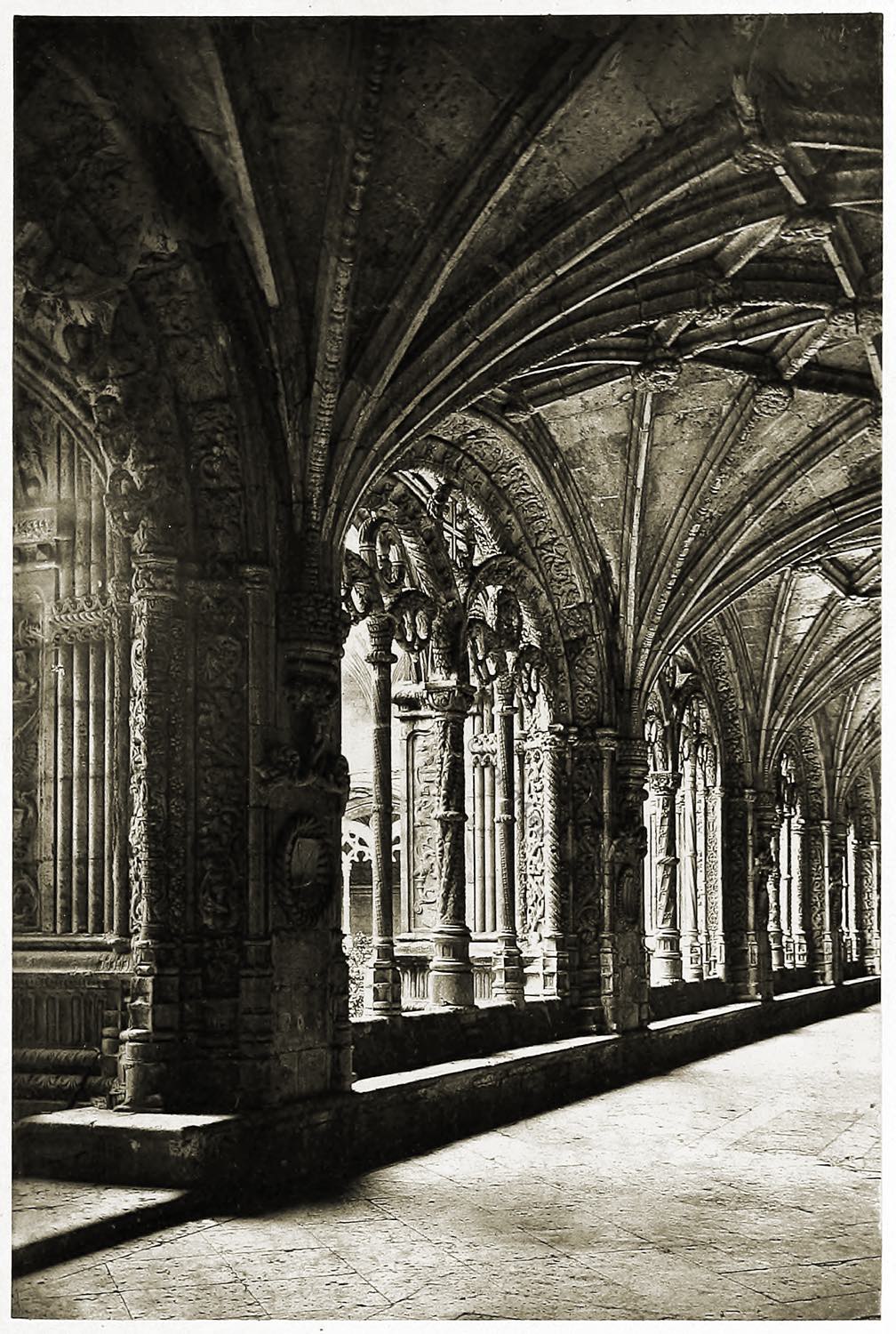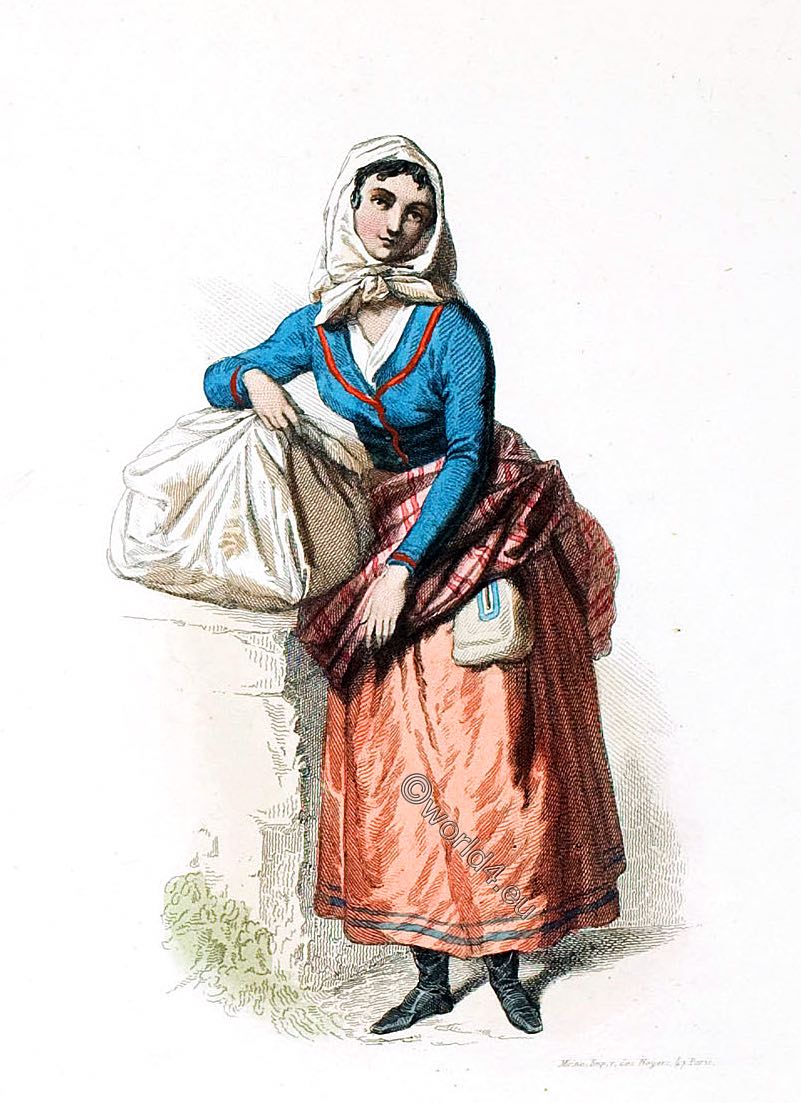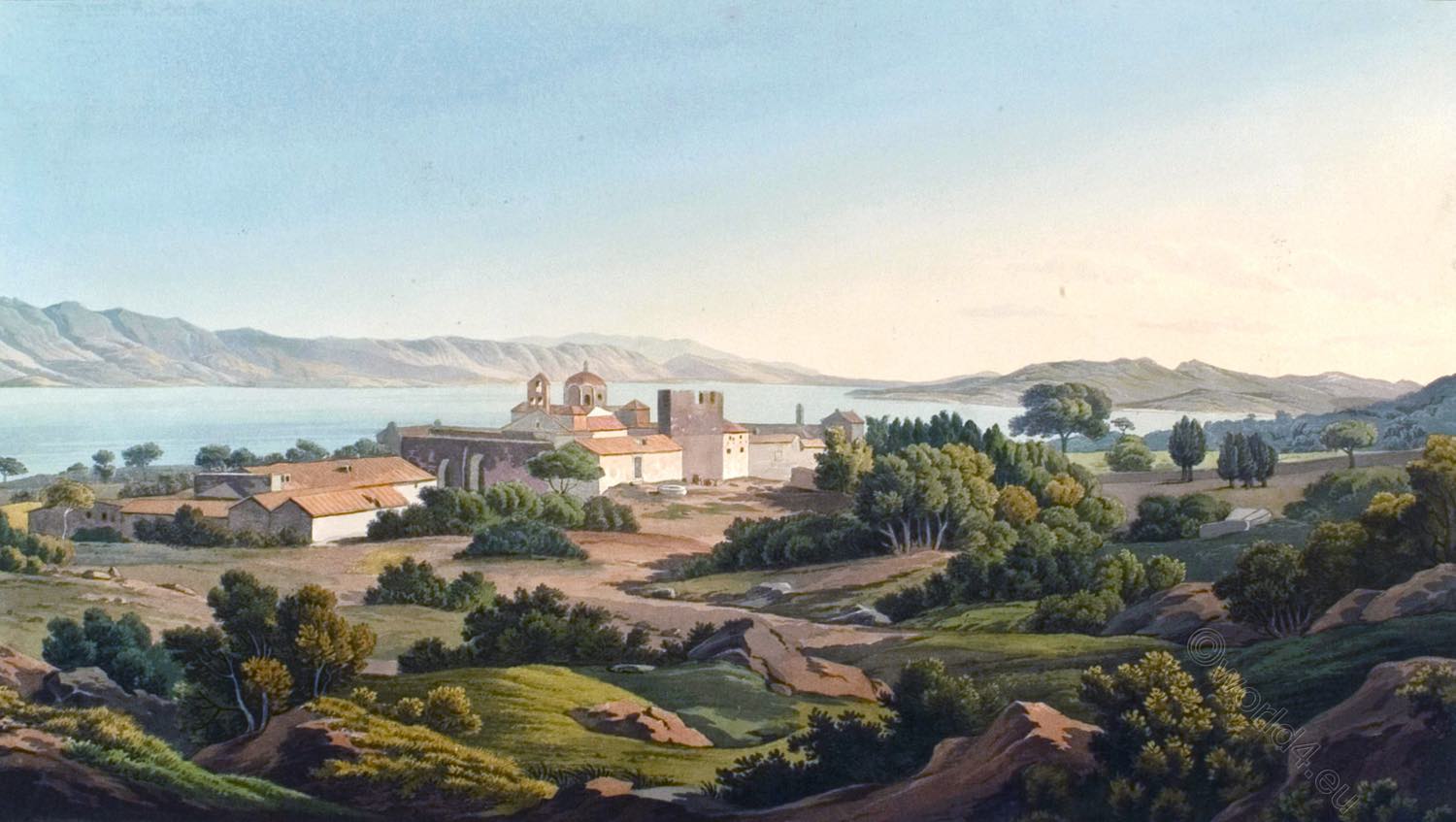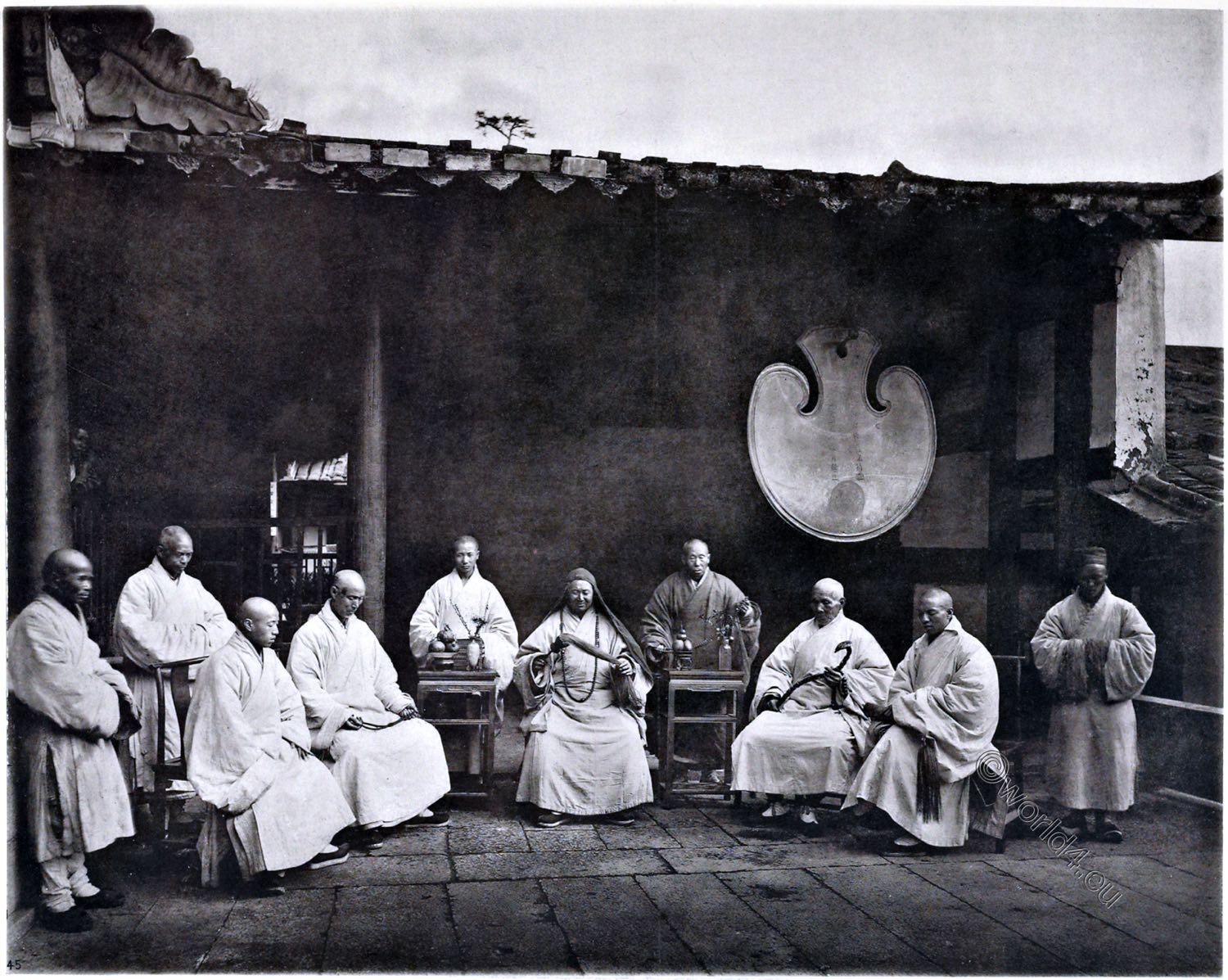
The Mosteiro dos Jerónimos, also Mosteiro de Belém; Hieronymite Monastery, also colloquially known as Jerome Monastery, is a building in Lisbon (Portugal), in the Belém district. The associated church of Santa Maria de Belém is dedicated to Mary.
The Mosteiro de Belém is one of the most important buildings of the Manueline style (Manuel I, 1495-1521), a Portuguese variant of the late Gothic style that also contains some Renaissance elements. Among other things, it houses the sarcophagi of Fernando Pessoa, Vasco da Gama and Luís de Camões and various Portuguese kings.
LISBON. CONVENT OF ST. GERONYMO, BELEM.
Convent of St. Geronymo, Belem. – H. Le Keux.
Proceeding onward, the Convent of St. Geronymo next claims our attention. This large monastic establishment was founded by King Emanuel, in the year 1499, in commemoration of the discovery of India by the celebrated Vasco de Gama, who embarked at this spot on the 8th of July, 1497, and set sail on his hazardous enterprise with three small armed vessels, one transport, and a complement of only one hundred and forty-eight men.
The church of St. Geronymo is one of the most remarkable in Europe, having been constructed just at the period when the Moors were finally expelled from Portugal, but while there yet remained much of the Moorish taste in the style of their architecture. The windows and buttresses exhibit some singular and beautiful specimens of carving. The entrance gate, in particular, is superbly sculptured. Beneath the centre of the great arch, and on a small pillar between the doors, is the statue of Duke Henry of Vizen, the chief patron of science, and promoter of discoveries at that time.
The interior of the church is not less interesting than its exterior: we particularly remark the horse-shoe arch, so characteristic of Moorish edifices, as also the grotesque ornaments on the marble pillars, which are mostly in good preservation. The library of this once wealthy establishment is said to contain nearly thirty thousand volumes. The whole pile of building forms a very striking and interesting object, and the picturesque appearance of the scene is heightened by groups of boats peculiar in their construction to the Tagus.
The most remarkable of these craft are called Moletas and Saveiros. The former is so named from having a curious lee-board fixed at the extremity of a transverse beam, in the manner of a crutch, (Moleta). The bow of the boat rises considerably higher out of the water than the stern, and is shod with iron, having a row of teeth of the same metal: this formidable beak is often surmounted by a crucifix, or an image of some saint decked out in gaudy-coloured ribands, or enshrined in wreaths of flowers. The sides of the boats are fantastically painted.
The Moleta is an excellent sea-boat, and will work its way through a tremendous surf. The Saveiro is a much smaller boat, and is chiefly used in the fishery of Sardinias within the Tagus. In shape it almost exactly resembles an Indian canoe.
Source: Select views of some of the principal cities of Europe by Robert Batty. London: Moon, Boys, and Graves, 1832.

Continuing
LISBON.
Convent of St. Geronymo, Belem.
Lisbon, from the Rua de San Miguel.
Lisbon, from the Chapel Hill of Nossa Senhora da Monte.
Lisbon. The Largo do Pelourinho.






